FLR Afghanistan Knowledge Hub
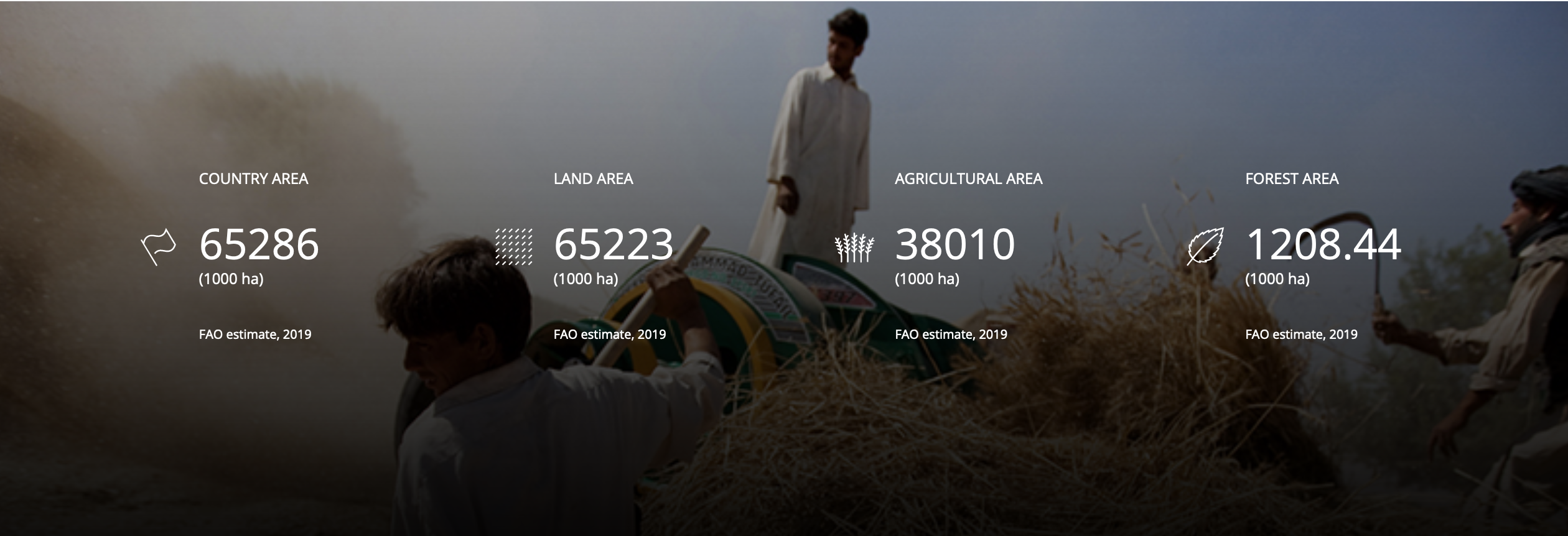
Afghanistan is a landlocked, mountainous country situated in Central Asia. It has significant natural resources, yet very limited land and water resources. The economy is predominantly an agricultural economy, where agriculture is practiced largely on a subsistence basis. About 80 percent of Afghans live in rural areas. Forest depends on the government and the user right belongs to the public. Afghanistan has approximately 1.78 million ha of forest and shrubs accounting for about 2.8 percent of the total land area.
Many areas in Afghanistan are facing severe deforestation and land degradation caused by unsustainable land-use practices. Further, sparse vegetation cover and mountainous terrain result in rapid rainwater runoff contributing to flooding and erosion, along with being vulnerable to disaster events such as earthquakes, flooding and droughts. Exposure to such events and impacts of climate change has adversely impacted the communities and their livelihoods, further exacerbating the socio-economic vulnerability of rural Afghan communities.
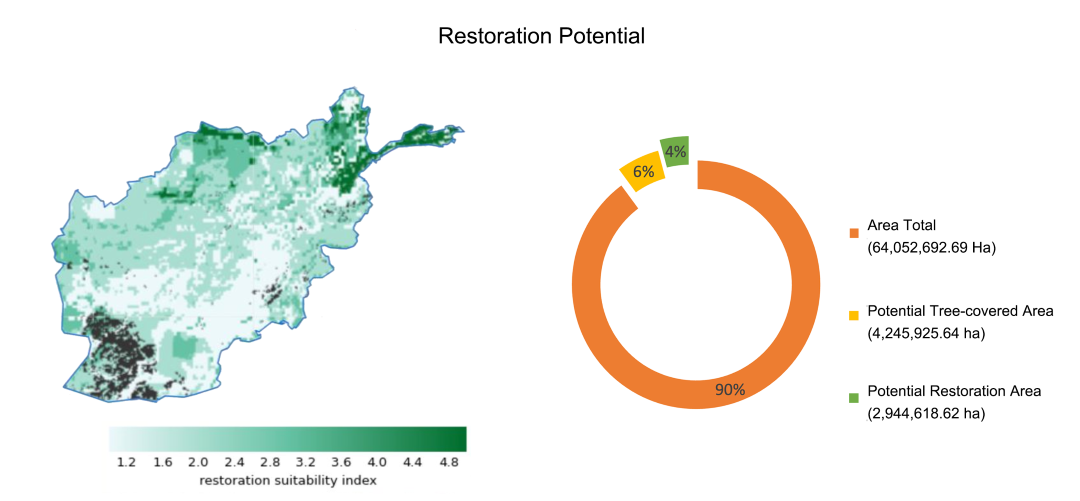
Source: SEPAL, 2023.
Source: EarthMap, 2023.
Resources
The FLR Afghanistan Knowledge Hub serves as a centralized access point for knowledge and data resources, providing a range of tools to support project and program development, data-driven decision-making, and analysis and reporting. These resources also acts as valuable tools for learning and replicating similar interventions.
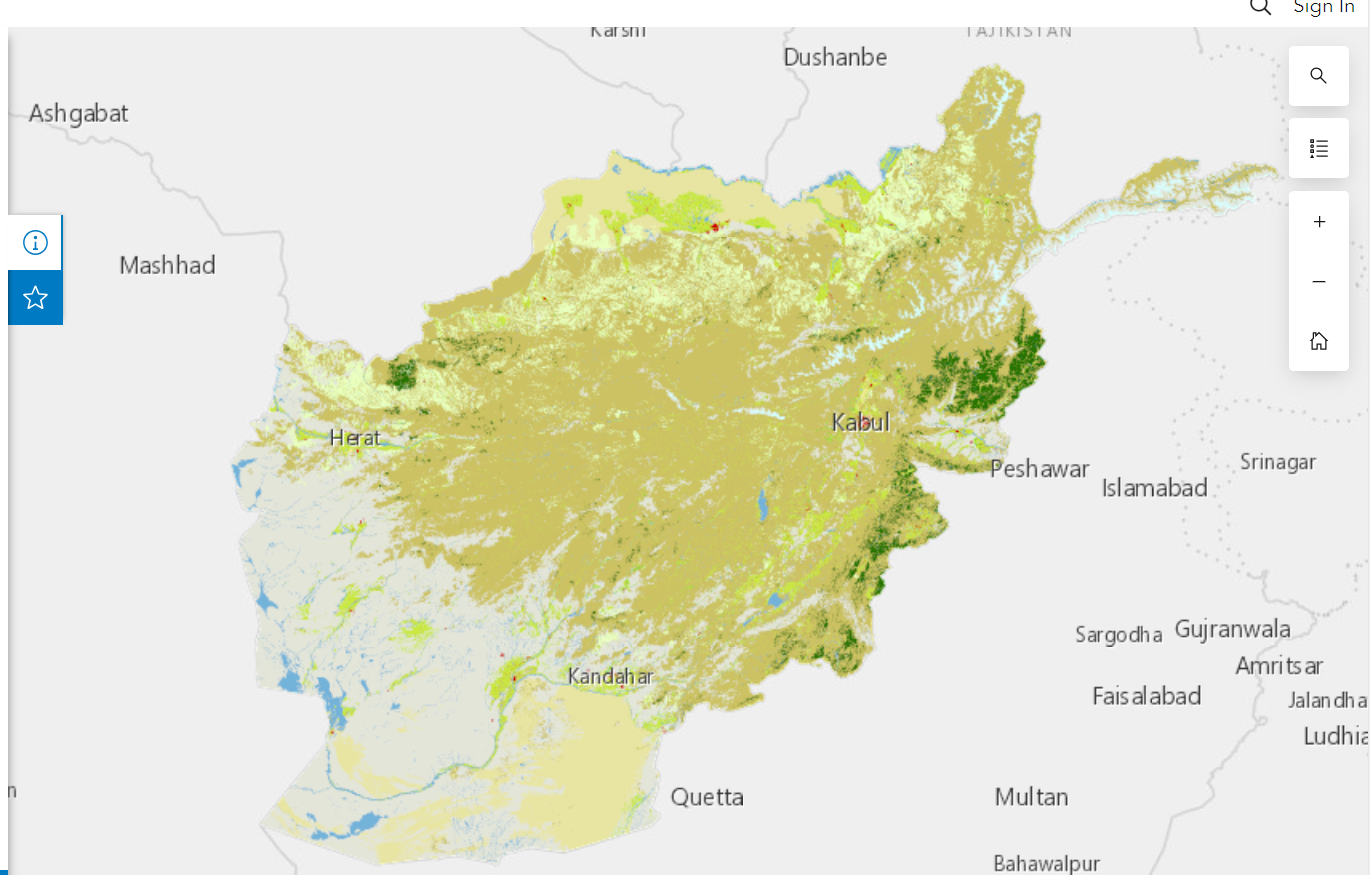
Afghanistan Maps
LRIMS is a tool which features land resources, agro-ecological and climatic maps generated under regional, provincial and district administrative levels in Afghanistan.

Food and Agriculture Policy Decision Analysis (FAPDA) Afghanistan Profile
This section consists of socio-economic, food, agriculture, forest, climate change, disaster and similar other components.

Journal articles
This section comprises of list of the research articles related to natural resource management in Afghanistan.

Other FLR projects in Afghanistan
This section features the list of the FLR projects in Afghanistan.
Best cases and success stories
Framework for Ecosystem Restoration Monitoring (FERM) platform includes database on restoration initiatives, good practices and geospatial information o ecosystem restoration. The platform is useful for monitoring transparent ecosystem restoration progress.
World Overview of Conservation Approaches and Technologies (WOCAT) is a global network on Sustainable Land Management (SLM) that promotes the documentation, sharing and use of knowledge to support adaptation, innovation and decision-making in SLM.
Publications
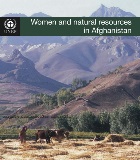
Women and natural resources in Afghanistan
2009
Afghanistan’s terrain is mountainous, dry, and subject to extreme droughts and devastating floods. Decades of conflict coupled with abuse, overexploitation and mismanagement of its natural resources have decimated its forests, degraded its rangelands and wetlands, and greatly compromised its future prosperity. While this environmental devastation affects all Afghans, women and children are particularly vulnerable.

An introductory guide to sources of traditional fodder and forage and usage
2009
This illustrated Field Guide is intended to introduce field workers and project managers, as well as those generally interested in the rural development of Afghanistan, to the field crops and wild plants on which farming and pastoral families feed their livestock, particularly through the winter. These crops and plants are cultivated, grazed and gathered as part of closely integrated traditional, but adaptive and resilient farming and pastoral systems.
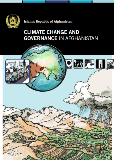
Climate Change and Governance in Afghanistan
2017
The report identifies past achievements, current and future entry points enhance mainstreaming of climate change into Afghanistan's national development framework. Emphasis is placed on the most crucial areas: agriculture, biodiversity and ecosystems, energy and infrastructure, forests and rangelands, natural disasters, and water.

Afghanistan's Agro-ecological Zoning Atlas. Part 2: Agro-ecological assessments
2022
As a part of “Strengthening Afghanistan Institutions" project's objective to improving the understanding of the country’s national resources endowment and limitations as well as assessing agricultural production capacities under current climatic conditions and likely impacts of climate change, this publication is launched. The Atlas provides two distinct parts, namely: Agro-Climatic indicators and Agro-Ecological assessments.
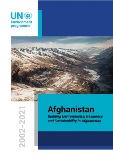
Afghanistan: Building Environmental Resilience and Sustainability in Afghanistan: 2002-2022
2022
Starting with a Post Conflict Environmental Assessment in 2001, UNEP provided technical and normative support to the government of Afghanistan in strengthening environmental governance and piloted projects with local communities to build their resilience to natural hazards and climate change. This report highlights the UNEP's engagement in different area including but not limited to environment, climate change and restoration projects.

Building Resilience, Integrating Gender: Women, Natural Resources and Climate Change in Afghanistan
2017
This paper's goal is to shine greater light on the valuable contributions that women play in the management of natural resources and maintaining healthy ecosystems in Afghanistan and to expand on these contributions and provide concrete recommendations for mainstreaming gender into sectoral policies, increase gender equality in decision-making, and strengthen community-level resilience to natural hazards and climate change in Afghanistan.

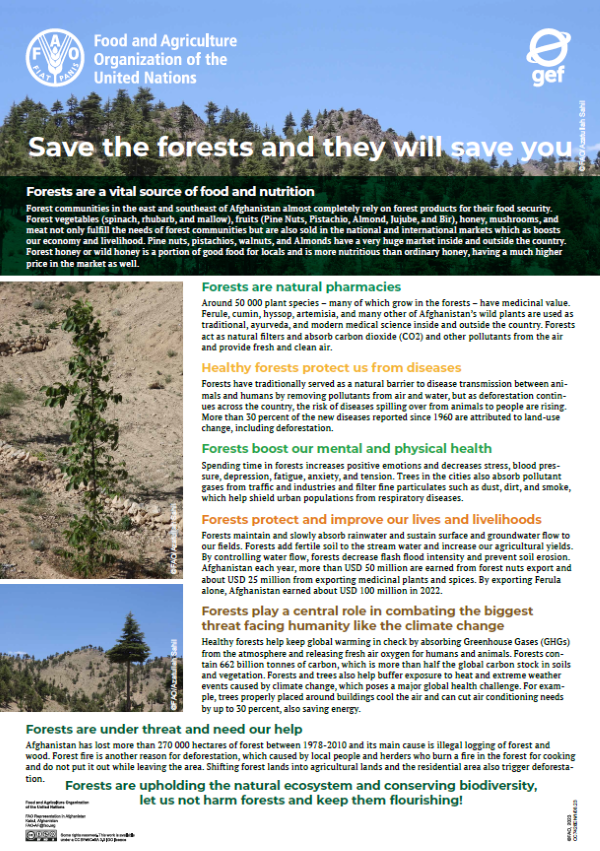
.png?sfvrsn=6ce6cbe5_0)